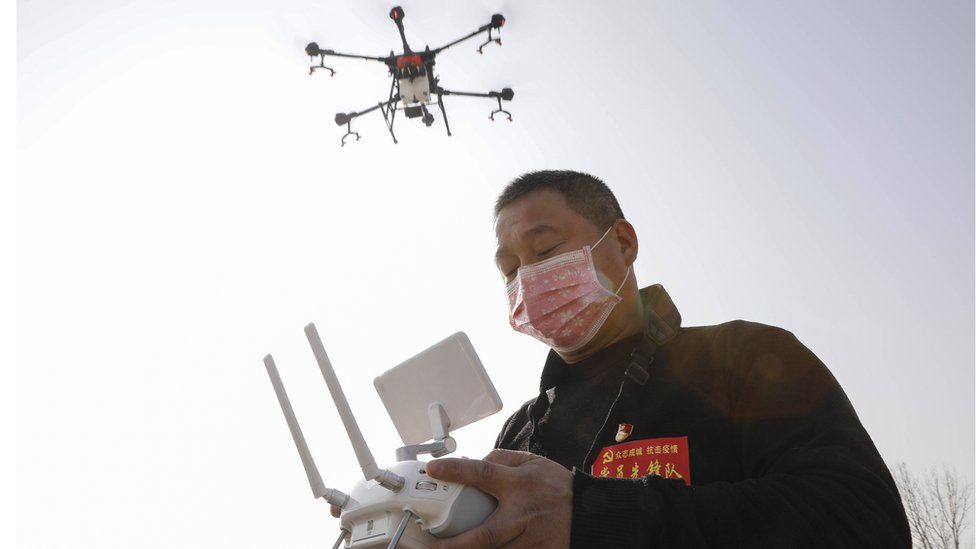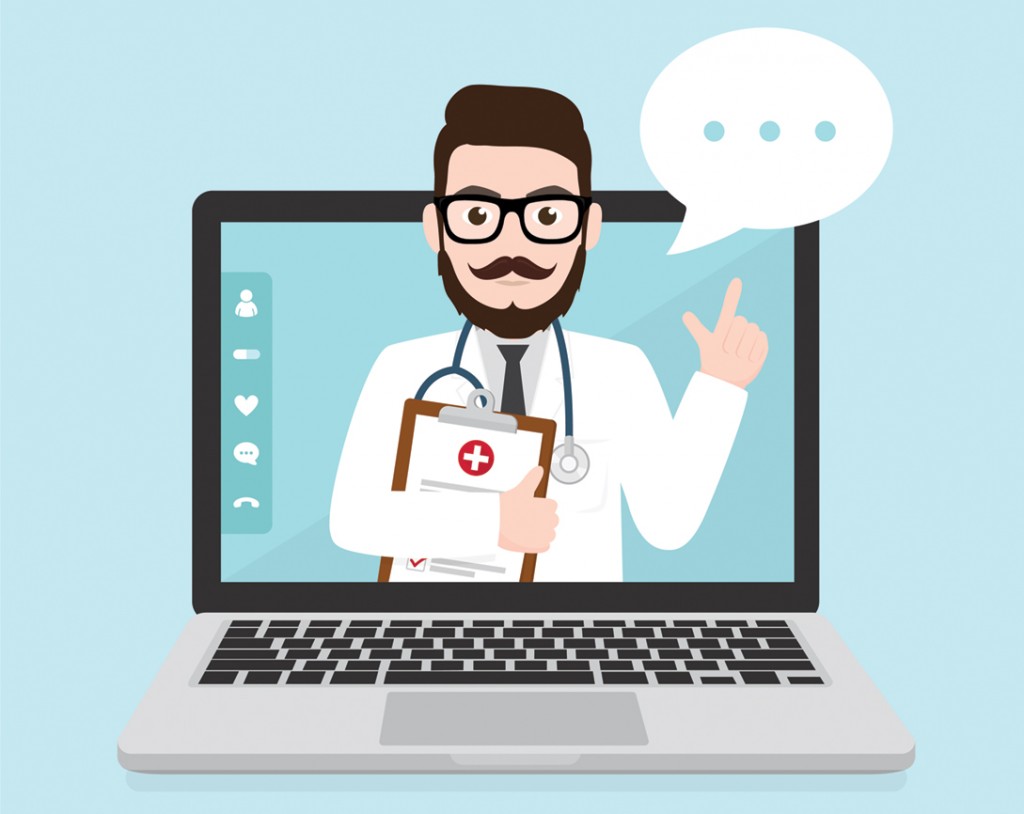In January 2020, COVID 19 first popped up in China and has now spread across 195 countries with about more than 2 million cases that have been reported and nearly 160,000 deaths in the past 3 months. It has made the entire world practically ‘locked down’ and crippled the economy drastically. Given the advancements mankind has made in medical research, the most effective weapon against the epidemic is psychological alienation and physical distancing as of now. Where everything on this earth has stuck with its existence, technology emerged as a helping soul for millions. During this outbreak, keeping well informed about the updates of Coronavirus is the key to stay protected and safe and with effective technological measures, things have become far easier. From Smartphone apps to effective Artificial intelligence therapy by the scientists, all making finding and treating people with an infectious disease efficiently than before.
AI-Machinery to Fight Specifically for Coronavirus
When adequate quality information is available, artificial intelligence may be a valuable method used to forecast the potential trajectory of the disease, and also to search at alternative therapies. Scientists are using a type of machine learning to develop antibodies-based treatments from patients that have recovered from the disease. Researchers also directly used AI technologies to examine more than five million immune cells as researchers look for those capable of generating antibodies that help a victim heal.
Artificial intelligence Technology
AI extends a hand to treat and create a treatment for this deadly outbreak of Coronavirus. Many hospitals in the world are now using company Infervision’s AI-based tools to check the patient’s lungs using CT scans to search for signs of infection.
Telemedicine
Telemedicine is one of the options people are looking to avoid flooding clinics with patient influxes. Unlike doctors at home, now people have access to virtual doctors by simply explaining their symptoms detail in an email. Telemedicine streamlines the mechanisms of diagnosis and recovery, making them faster and simpler: Upon receiving an email by the health care provider, it may book an online appointment so that you can visit your doctor online at the ease of sitting at home. References are arriving from around the planet.
App Development
Multiple Coronavirus awareness APPs have been launched during this outbreak which helped people around the world to cope with this illness and stay up to date. Individuals who believe they may have the virus should perform a medical self-assessment based on their symptoms and can provide guidance and recommendations on measures to be taken for recovery depending on the outcome. This project implemented jointly by several Spanish organizations and in a short time seeks to alleviate call pressure for the national coronavirus hotline while offering a more succinct geographic snapshot of the pandemic to health authorities.
Ventilators
Ventilators have been an important method for handling the most serious COVID-19 cases. Yet the health care industry experiences a lack of supplies. Anyone with a 3D printer will work together by printing out the necessary parts for the respirator. The goal is to make them available for health care services.
And video calls are keeping people together
Nowadays, you do need a laptop and a decent internet connection to reach your office server, work on your campaign and achieve the required results. Video call apps have become valuable resources to cope with isolation and not to break touch with others outside one’s four walls, particularly for those living alone. Any of the most common apps are Skype, WhatsApp, Google Hangouts, Pair, Webex and Zoom which got nearly 600,000 updates in one day at the beginning of the pandemic, according to the New York Times.
Other at-home devices and services currently in use which allow patients to evaluate several times a day dozens of health metrics such as temperature, blood pressure, and blood sugar, and the results are automatically stored in the cloud, where doctors receive alerts if the readings are abnormal. If COVID-19 reveals one thing to public health authorities, it is that resources are currently available to help control an infectious outbreak before extreme interventions such as quarantines and curfews are needed.
Conclusion
For a better explanation of coronavirus, physicians and other scientific experts have learned to identify and try to isolate a virus deficiency, as well as to anticipate how it will begin to spread until it can be detected and suppressed. To add to this, new and evolving technologies have been used to assist speed up the process, as well as anticipate possible disease vulnerabilities in the future.


